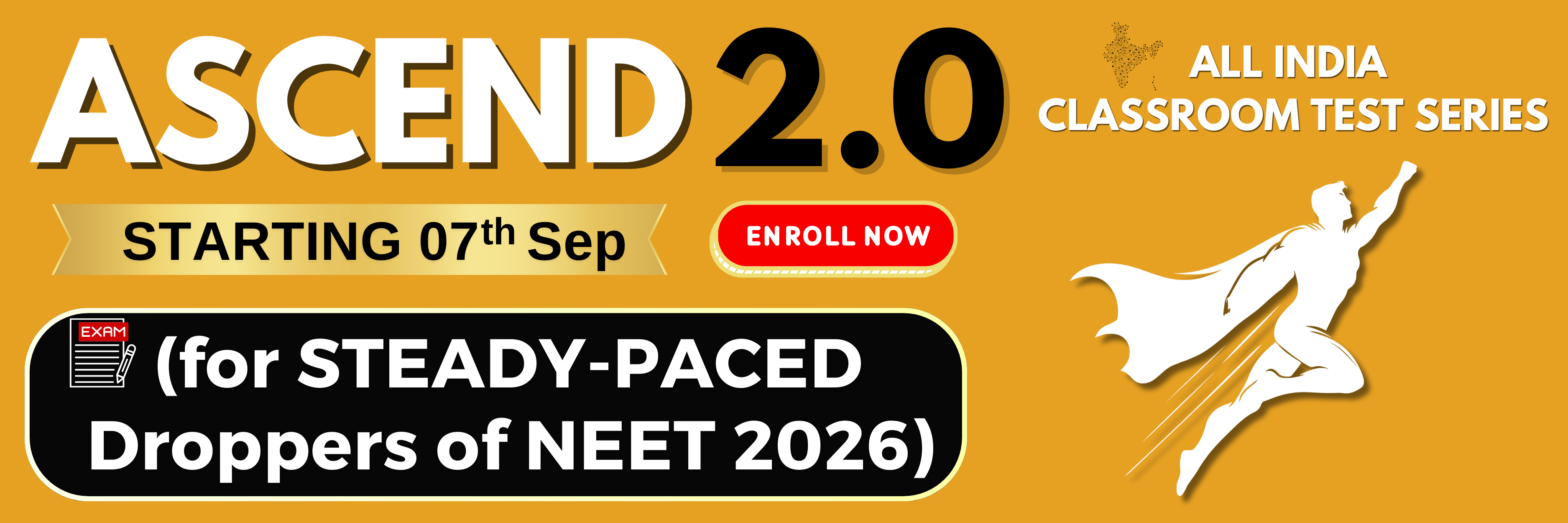If and represent the escape velocity and orbital velocity of a satellite corresponding
to a circular orbit of radius R, then
1.
2.
3.
4. and are not related
An earth satellite of mass m revolves in a circular orbit at a height h from the surface of
the earth. R is the radius of the earth and g is acceleration due to gravity at the surface
of the earth. The velocity of the satellite in the orbit is given by:
1.
2. gR
3.
4.
If r represents the radius of the orbit of a satellite of mass m moving around a planet of
mass M, the velocity of the satellite is given by:
1.
2.
3.
4.
A satellite which is geostationary in a particular orbit is taken to another orbit. Its
distance from the centre of earth in new orbit is 2 times that of the earlier orbit. The time
period in the second orbit is:
1. 4.8 hours
2. hours
3. 24 hours
4. hours
If the earth suddenly shrinks (without changing mass) to half of its present radius, the acceleration due to gravity will be:
1. g/2
2. 4g
3. g/4
4. 2g
The ratio of the K.E. required to be given to the satellite to escape earth's gravitational
field to the K.E. required to be given so that the satellite moves in a circular orbit just
above earth atmosphere is:
1. One
2. Two
3. Half
4. Infinity
The value of g on the earth's surface is 980 cm/ . Its value at a height of 64 km from
the earth's surface is
1.
2.
3.
4. 980.45 cm/
(Radius of the earth R = 6400 kilometers)
If the mass of the earth is M, the radius is R and the gravitational constant is G, then work done to take
1 kg mass from earth surface to infinity will be:
1.
2.
3.
4.
An astronaut orbiting the earth in a circular orbit 120 km above the surface of earth, gently drops a spoon out of space-ship. The spoon will
1. Fall vertically down to the earth
2. Move towards the moon
3. Will move along with space-ship
4. Will move in an irregular way then fall down
The masses and radii of the earth and moon are and respectively. Their centres are distance d apart. The minimum velocity with which a particle of mass m should be projected from a point midway between their centres so that it escapes to infinity is:
1.
2.
3.
4.






